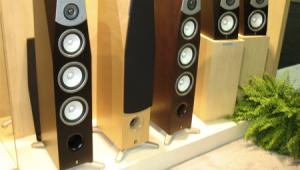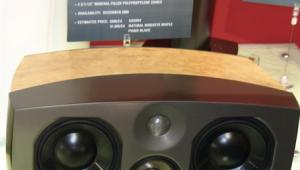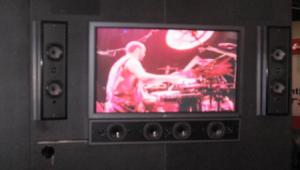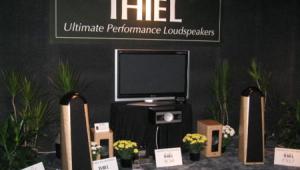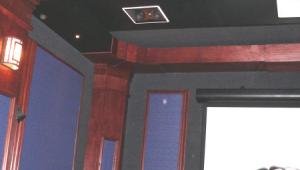What Did We Learn At CEDIA This Week?- Part 1

While we've been touting 2006 as the year of 1080p that still doesn't do justice to the strikingly broad and deep lineups of 1080p displays we saw introduced, especially in the front projection and LCD flat panel categories.
Before tackling the staggering number of 1080p front projectors we saw locked and loaded for the market later this year and early next, what's most salient about the LCD flat panel's 1080p revolution is that plasma is simply being left behind. Although pioneer and Fujitsu will be bringing out 1080p plasmas in a variety of sizes, several manufacturers are selling broad lines of 1080p LCD, including Sharp, Sony and Toshiba.
In addition, these initial 1080p plasma sets aren’t going to be price competitive with the 1080p LCDs. Pioneer Elite's 50" 1080p plasma has been dropped in price to $8K. But Sharp is bringing in its 1080p AQUOS LC-52D62U LCD at just $4,799, and Sony announced its 52" KDL-52XBR2 1080p LCD at $6,500. And just below that price point are a number of sub-$5K 46" and 47" models from Sony and Toshiba- and we're talking loaded, premium sets, not the bargain basement jobs (Sharp goes even further here with its 46" LC-46D62U priced at a staggering $3,499).
People looking for 1080p in a flat panel might just find themselves able to live a little bit smaller screen in order to save a heckuva lot of scratch even if the performance isn't comparable.
Similarly, this year's CEDIA saw a staggering number of 1080p sets emerging into the market and disparities in price that are just as jaw dropping. Sony, of course, set the table Wednesday with its official introduction of the VPL-VW50, simply called the Pearl. This is a full three-chip, 1080p SXRD with an auto-iris and a bevy of unique features for just five grand. Not only does DLP not have anything in single-chip 1080p for less than $10K MSRP, the least expensive of the three-chip 1080p DLPs I saw came in at around $40K. La-la land, in other words.
And of course, Sony's Pearl isn't the only LCoS/LCD variant bringing in 1080p at more sane prices. Several manufacturers showed impressive 1080p three-chip LCD projectors at well under $10K, and JVC showed a full 1080p D-ILA projector that will retail for around $7K.
The three-chip 1080p DLPs, on the other hand, were priced at $40K and above from a number of manufacturers. About the only clear advantage one could see on the surface of these announcements were light output specs that indicate that these projectors can light up ultra large screens, starting at 10-12 feet in width. Better start that remodel now if you're looking to squeeze in a screen that big!
So, are we evolving to a market where LCoS brings 1080p to the masses and DLP is the elite custom install product? The DLP manufacturers better hope so. It's difficult to imagine otherwise what the market for these ultra expensive projectors will be when LCoS offers such high quality alternative for a fraction of the price.



